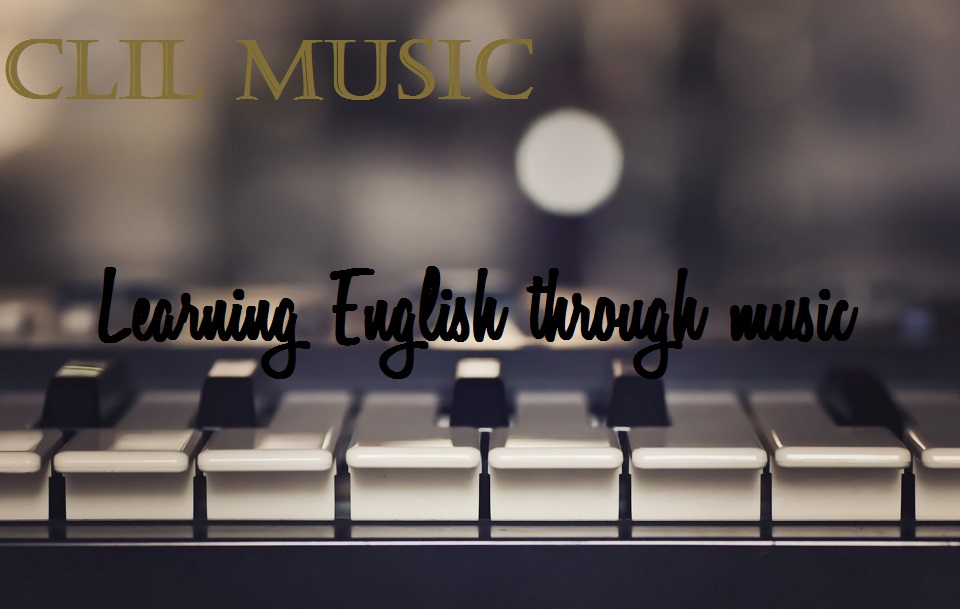You can notice the different sections as they use different colors for each one:
miércoles, 21 de enero de 2015
Young person's guide to orchestra
Discover the different families of instruments with the "Young person's guide to orchestra" composed by Benjamin Britten.
You can notice the different sections as they use different colors for each one:
You can notice the different sections as they use different colors for each one:
lunes, 19 de enero de 2015
Our voice, how it works and types of voices
How the voice
works:
The sound of human voice is produced when air vibrates. The vocal cords in the voice box begin to vibrate when
the singer sends air up out of his/her lungs using the muscles of the
diaphragm.


Types of voices
Female
|
Range
of Voice
|
Male
|
Soprano
|
High
|
Tenor
|
Mezzo
soprano
|
Medium
|
Baritone
|
Contralto
|
Low
|
Bass
|
domingo, 18 de enero de 2015
PROPERTIES OF MUSICAL SOUNDS
|
DURATION
|
•
It produces short and long sounds
and fast and slow sounds.
•
Crotchet, minim, adagio, allegro...
|
|
PITCH
|
•
It is the relative highness or lowness that we hear in a sound
•
It produces high and low sounds
•
Scale, staff, keys...
|
|
DYNAMICS
|
•
It produces strong or soft sounds
•
ff,f,mf,p,pp, crescendo,
diminuendo
|
|
TONE
COLOR
|
•
It enables us to distinguish
different instruments and
different voices.
|
miércoles, 14 de enero de 2015
martes, 13 de enero de 2015
What's a version?
Also known as COVER, it is a song which is almost the same as a song that already exists but with some changes.
The changes could be in rhythm, tempo (faster or slower), harmony or style (jazz, blues, pop version)
Some examples of versions, you will notice that they are the "same" songs but in fact they sound different.
- BIRDY - SKINNY LOVE
- BON YVER - SKINNY LOVE
- MEGHAN TRAINOR - ALL ABOUT THAT BASS
- ALL ABOUT THAT BASS - JAZZ VERSION
domingo, 11 de enero de 2015
Easy homemade instruments
Construir instrumentos musicales es siempre una buena opción para aprender y divertirse sobretodo con los más pequeños.
Visita esta web para aprender a construir de manera muy sencilla instrumentos como: a rainstick, steel drums, xulophones or a bell.
Trabajo de ritmo con los más pequeños
En la web www.mylifeandkids.com encontramos una propuesta musical para los más pequeños. Sabemos que el trabajo del ritmo desde recién nacidos ayuda a estimular su cerebro y la percepción del mundo que les rodea.
Es un interesante recurso no solo para padres sino para profes de 0 a 3 años y de educación infantil. Algunas de las actividades proponen un ejercicio en el que los niños adquieren vocabulario a través del ritmo. Repitiendo palabras en las que dividen sus sílabas en pulsos. Es una buena opción para aprender y reforzar vocabulario en inglés.
Suscribirse a:
Entradas (Atom)

